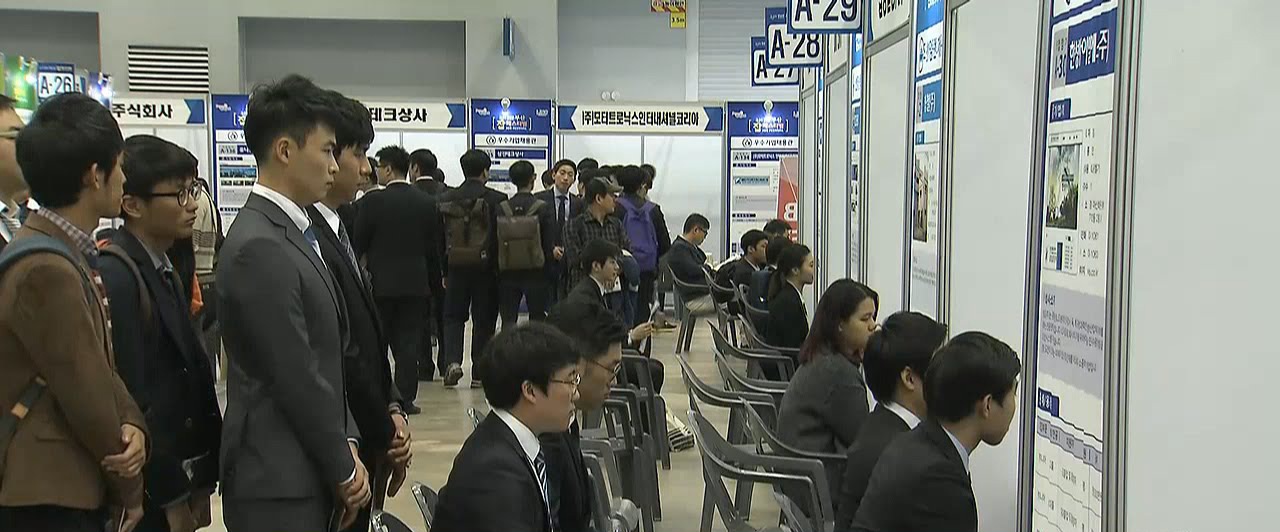Household debt and youth unemployment will be the biggest obstacles to Korea's economic growth in 2018, according to global economists. They forecast that the nation's economic growth will slow to a moderate pace at the upper 2% level due to a cyclical downturn in IT products as well as sluggish domestic consumption.
"South Korea is set to outperform most 2017 economic growth forecasts made a year ago, and this is largely due to a surge in demand for the region's electronics exports," Vince Conti, an Asia-Pacific economist at S&P Global Ratings, said. "However, the growth has been highly concentrated in this sector and would be difficult to sustain at this pace," Yonhap reported.
Moody's Analytics Korea economist Katrina Ell concurred: "The slowdown is due to expectations the global tech cycle has passed its peak, so exports and manufacturing will have slightly smaller support for GDP growth," she said.
She added, domestic demand will likely improve on President Moon Jae-in's spending initiatives, but this won't be enough to pick up from softer offshore tech growth.
S&P and Moody's Analytics forecast that Korea's GDP growth will slow to 2.8% in 2018 from this year's estimated 3.2%.
Among many potential risks, soaring consumer debt and youth unemployment are expected to put a drag on Asia's fourth-largest economy in the short run.
"Over the next few quarters, domestic consumption will be facing headwinds from high levels of household debt and upward pressure on interest rates," Conti said. "Despite being a dampener on economic activity in the short run, the recent tightening of lending standards and macroprudential measures are long-term benefits for the stability of the financial system and the health of the household sector."
In line with the US Federal Reserve's move to normalize its monetary policy, the Bank of Korea raised its key rate to 1.5% from 1.25% in November and is highly likely to hike it further early in 2018.
Meanwhile, according to statistics by the Organization for Economic Cooperation and Development on Monday, South Korea's third-quarter real GDP growth rate stood at 1.5% from the previous quarter to rank third among 18 members of the Group of 20 economies whose data were available. China came first at 1.7% and India second at 1.6%.
Unemployment
Jobless growth will also be the biggest headache for Moon and his administration. The youth unemployment rate for those between 15 and 29 was 8.6% in November, the highest October figure since 1999.
"High youth unemployment remains a significant hurdle to lifting Korea's growth," Ell said. "While the government has started to address it via various initiatives, it remains to be seen how effective these measures will be."
In the long run, the economists called for the Korean government to come up with measures to shift the focus of growth from manufacturing to services.
"Looking into the medium to long term, the key for Korea is to pivot away from exporting investment and industrial goods and focus more on goods and services for consumers," Conti said. "This coincides with the trend of China's industrial overcapacity amid its rising middle class. The past year's corporate restructuring efforts have been a good step towards this."
More Rate Hikes Coming
Most economists expect Korea's central bank will have two or three more rate increases in 2018. "The BoK will have to raise rates to keep up with the US Fed given the importance the exchange rate plays in economic policy in South Korea," Antonio Fatas, professor of economics at INSEAD, said.
"It is likely that the pace will mimic that of the Fed—an extra two or three increases in the next 12 months."
Alicia Garcia-Herrero, Asia-Pacific chief economist at Natixis, said Korea has one of the loosest monetary conditions in Asia, driven by a very low real interest rate. "While the policy rate is expected to increase by 50 basis points during this hiking cycle to 1.75% by the end 2018, inflation is also expected to be higher at 2.3%, meaning that real rates will still be negative," she said.
But she disagreed that the BoK should follow in the footsteps of the Fed. "The final and relevant factor is that the Korean economy is less dependent on the Fed, which means the BoK can decide on its interest rate path more independently," she said.


